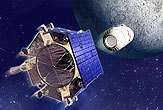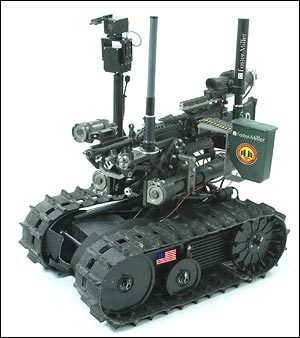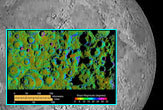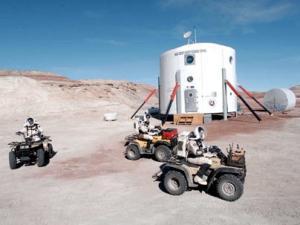Scientists are priming two spacecraft to slam into the moon's South Pole to see if the lunar double whammy reveals hidden water ice.
The Earth-on-moon violence may raise eyebrows, but NASA's history shows that such missions can yield extremely useful scientific observations.
"I think that people are apprehensive about it because it seems violent or crude, but it's very economical," said Tony Colaprete, the principal investigator for the mission at NASA's Ames Research Center in Moffett Field, Calif.

|
| ©Unknown
|



